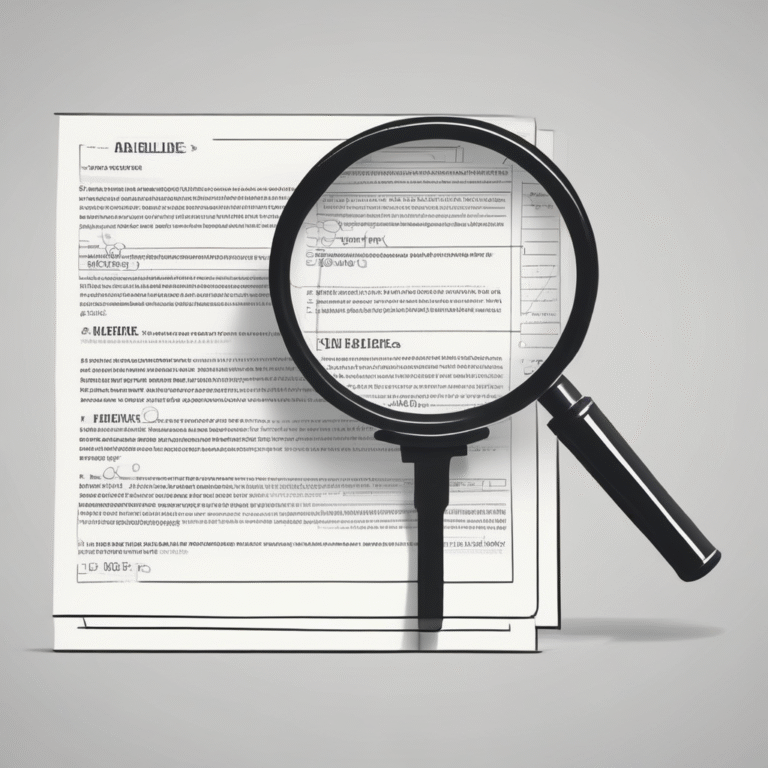Introduction to Incident Detection and Response
In the ever-evolving landscape of cybersecurity, incident detection and response have become pivotal elements for maintaining organizational security. The integration of artificial intelligence (AI), particularly through compliance AI, has revolutionized these processes, offering more efficient, accurate, and proactive measures. This article delves into how compliance AI enhances incident detection and response, the best practices for its implementation, and future trends shaping the field.
How AI Enhances Incident Detection
Anomaly Detection Techniques
Anomaly detection forms the backbone of AI-driven incident response. By identifying deviations from normal behavior, compliance AI can signal potential security threats before they escalate. Techniques such as statistical methods, machine learning algorithms, and deep learning models are employed to detect these anomalies with high precision. These technologies empower organizations to anticipate and mitigate threats effectively.
Real-World Examples
Several organizations have successfully integrated compliance AI to enhance their cybersecurity measures. BlinkOps and Radiant Security are notable examples, leveraging AI to automate the detection, triage, and response to security incidents. These companies have reported significant improvements in response times and overall incident resolution efficiency.
Technical Explanation
Implementing AI-driven anomaly detection systems involves a series of steps:
- Data Collection: Gather data from various sources such as network traffic, user activities, and system logs.
- Data Preprocessing: Clean and normalize the data to enhance the performance of AI models.
- Model Training: Use historical data to train machine learning models, enabling them to recognize patterns and anomalies.
- Real-Time Monitoring: Continuously monitor data streams to detect deviations in real-time.
- Automated Response: Implement automated actions to mitigate identified threats, such as isolating compromised systems.
Immediate Corrective Actions
Automation in Incident Response
Automation is a key component of AI-enhanced incident response. Compliance AI systems can automatically execute response actions, such as blocking malicious IPs or isolating affected systems, thus minimizing manual intervention and reducing response times.
Real-Time Alerting Systems
Designing robust alerting systems is crucial for effective incident response. Compliance AI enables the development of real-time systems that notify security teams of potential incidents, allowing for swift corrective actions.
Case Study
An example of successful implementation is Nightfall.ai, which utilizes AI to automate responses to data security threats. This has resulted in enhanced data protection and compliance monitoring, illustrating the transformative impact of AI in incident response.
Compliance Breach Detection
Regulatory Frameworks
Organizations must navigate a complex landscape of compliance regulations, such as GDPR and HIPAA. Compliance AI assists in monitoring adherence to these regulations, identifying breaches, and initiating corrective measures. This proactive approach helps organizations avoid penalties and maintain trust.
AI in Compliance Monitoring
AI techniques are employed to scrutinize data access patterns and user behavior, detecting compliance breaches with high accuracy. By automating compliance monitoring, organizations can ensure continuous adherence to regulatory standards.
Example
A financial institution recently leveraged compliance AI to detect a data breach, swiftly initiating corrective actions that minimized the impact. This highlights AI’s role in enhancing compliance and safeguarding sensitive information.
Actionable Insights and Best Practices
Frameworks for Incident Response
Frameworks like NIST and ISO 27001 are instrumental in structuring incident response strategies. Integrating compliance AI within these frameworks enhances their effectiveness, providing a robust foundation for cybersecurity measures.
Best Practices for AI Integration
- Continuous Training: Regularly update AI models with new data to maintain their accuracy and relevance.
- Threat Intelligence: Keep threat intelligence databases updated to improve AI’s predictive capabilities.
- Seamless Integration: Ensure AI systems are seamlessly integrated with existing security tools to maximize their utility.
Tools and Platforms
Various AI-powered tools, such as Wiz for cloud security and Blink for automated incident response, are available to enhance incident detection and response capabilities. These platforms offer advanced features that streamline security operations.
Challenges & Solutions
Common Challenges
- Data Quality Issues: Ensuring high-quality data is crucial for accurate AI performance.
- Alert Fatigue: Managing false positives to reduce unnecessary alerts.
- Integration Challenges: Seamlessly integrating AI with existing systems can be complex.
Solutions
- Data Preprocessing Techniques: Employ data cleaning and normalization techniques to improve AI model performance.
- AI Model Tuning: Regularly adjust AI models to reduce false positives and improve accuracy.
- Phased Integration: Gradually introduce AI into existing systems to minimize disruptions.
Latest Trends & Future Outlook
Recent Developments
Advancements in machine learning are driving improvements in anomaly detection and incident response. More organizations are adopting AI, integrating it into their security processes to enhance threat mitigation capabilities.
Future Trends
- Autonomous Systems: The future may see fully autonomous incident response systems, capable of managing threats with minimal human intervention.
- AI Ethics in Cybersecurity: Ensuring AI systems operate transparently and ethically is becoming increasingly important.
- Integration with Emerging Technologies: AI will continue to interact with technologies like blockchain and IoT, enhancing cybersecurity measures.
Conclusion
Harnessing compliance AI for effective incident detection and response offers a multitude of benefits, from improved accuracy and efficiency to enhanced compliance monitoring. As AI technologies continue to evolve, organizations must stay informed about best practices and future trends to fully leverage these advancements. By integrating compliance AI into their cybersecurity strategies, businesses can better protect themselves against emerging threats and ensure a secure operational environment.










